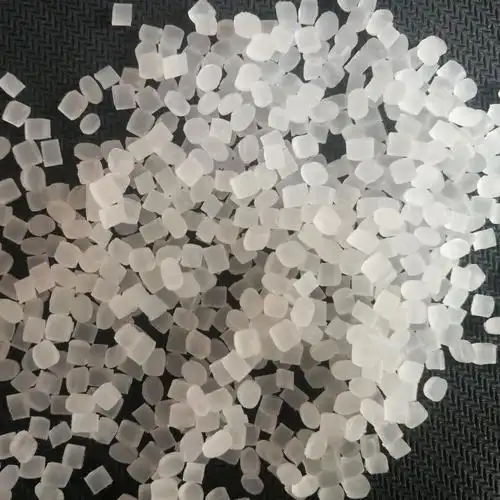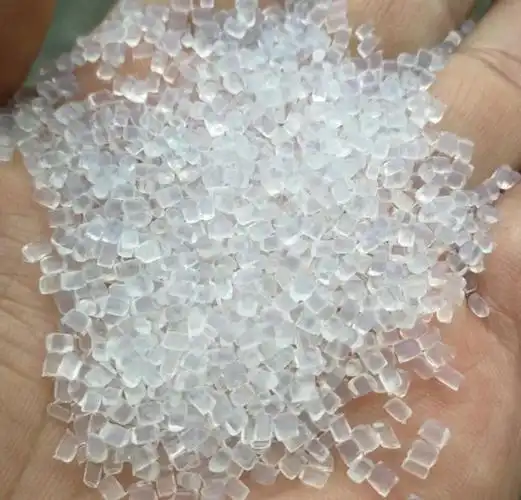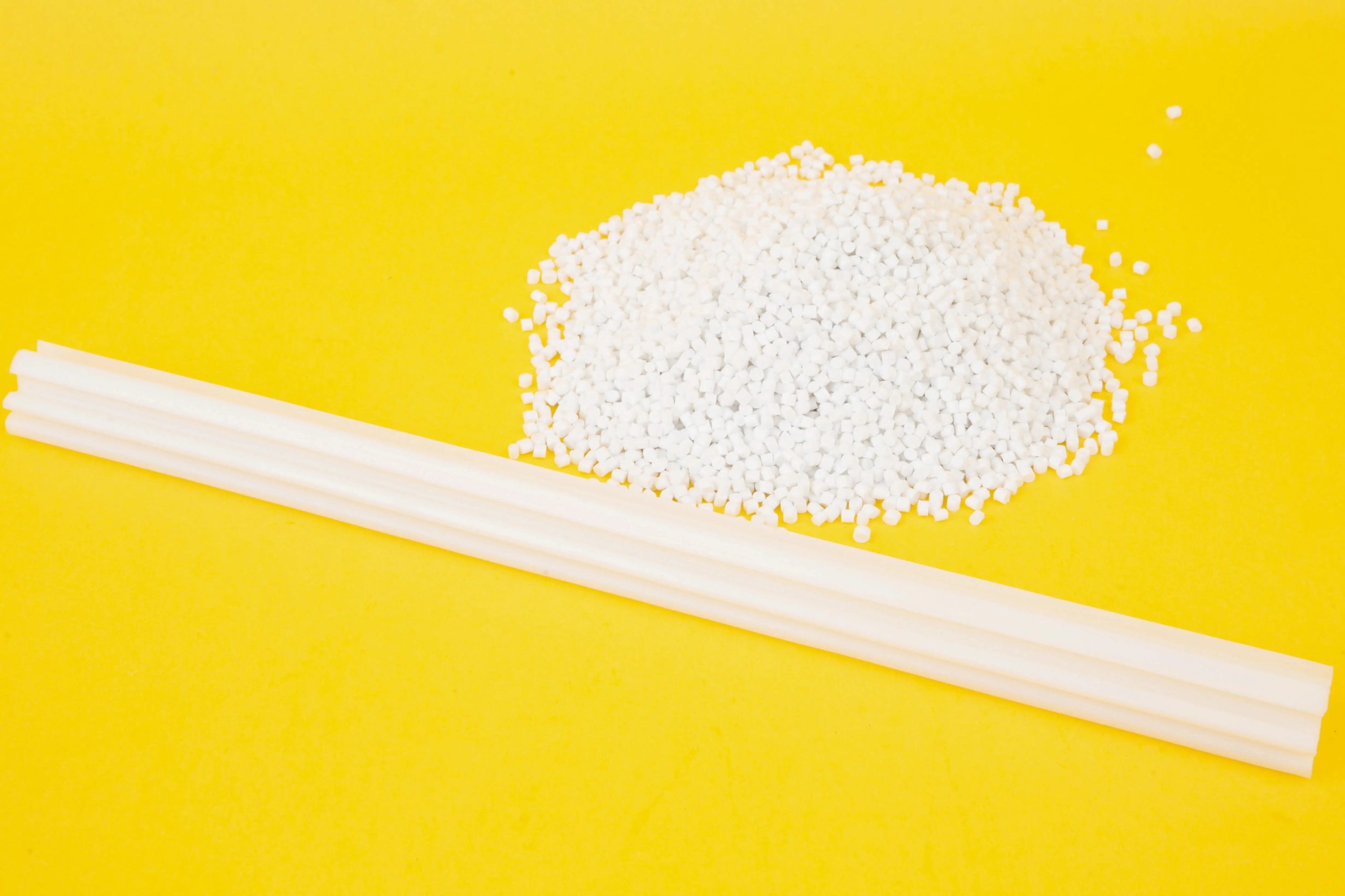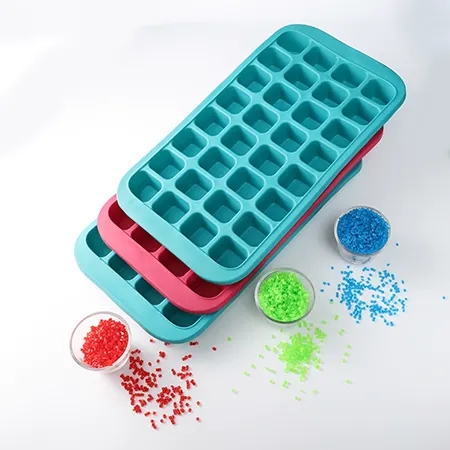As someone who’s been immersed in the world of flooring materials for over 15 years, I’ve handled countless foot mats, from car interiors to home entryways. One question that frequently comes up is how to tell if a foot mat is made of TPE (Thermoplastic Elastomer)—a material prized for its durability, flexibility, and eco-friendliness. With so many mats on the market claiming to be TPE, it’s easy to feel overwhelmed or misled by vague product descriptions or knockoff brands. I’ve been there, squinting at labels and running my hands over mats to figure out what they’re really made of. In this article, I’ll share my practical, hands-on methods for identifying TPE foot mats, drawing from years of experience in sourcing, testing, and using these products. Whether you’re shopping for a car mat, a kitchen mat, or a gym floor covering, these tips will help you confirm if it’s genuine TPE.

Why Identifying TPE Matters
Before we dive into the how-to, let’s talk about why it’s worth the effort to verify if a foot mat is TPE. TPE is a unique material that combines the stretchy, comfortable feel of rubber with the toughness of plastic. It’s waterproof, non-toxic, recyclable, and highly durable, making it a favorite for foot mats in cars, homes, and offices. However, some manufacturers cut corners by using cheaper materials like PVC or low-grade rubber, which can crack, smell bad, or degrade quickly. I’ve seen clients disappointed by mats that claimed to be TPE but turned out to be flimsy imitations. Knowing how to spot the real deal ensures you get the comfort, longevity, and safety you’re paying for.
When people ask this question, they’re often trying to avoid being duped by misleading marketing or want to ensure the mat meets their needs (e.g., eco-friendliness, easy cleaning, or slip resistance). Below, I’ll walk you through practical ways to identify TPE foot mats, based on my experience in the industry.
Methods to Identify TPE Foot Mats
Over the years, I’ve developed a reliable checklist for determining whether a foot mat is made of TPE. These methods combine visual inspection, physical testing, and a bit of detective work. Here’s how you can do it yourself:
1. Check the Product Labeling and Specifications
The easiest starting point is to look at the product’s packaging, label, or online description. Reputable manufacturers will clearly state that the mat is made of TPE or Thermoplastic Elastomer. However, don’t take claims at face value—some brands exaggerate or mislabel. Here’s what I look for:
Material details: Genuine TPE mats often include certifications like RoHS (Restriction of Hazardous Substances) or REACH, indicating non-toxic, eco-friendly materials.
Brand reputation: Trusted brands like WeatherTech or 3M explicitly mention TPE in their specs. I’ve found that generic or no-name brands are more likely to use vague terms like “rubber-like” or “flexible plastic.”
Country of origin: While not foolproof, TPE mats from countries with strict manufacturing standards (e.g., Japan, Germany, or the US) are often higher quality.
If the label is unclear, dig into the product’s online listing or contact the seller. I once reached out to a manufacturer to confirm a mat’s material, and they admitted it was a TPE-PVC blend, not pure TPE—a red flag for durability.

2. Examine the Texture and Flexibility
TPE has a distinct feel that sets it apart from other materials. Here’s how to test it by touch:
Soft yet firm: TPE feels smooth and slightly springy, like high-quality rubber, but not as hard as plastic. Run your hand over the mat—it should feel pliable but not flimsy. I’ve tested mats where PVC felt stiff and brittle, while TPE had a pleasant, cushioned give.
Elastic rebound: Gently stretch or bend the mat. TPE should flex easily and return to its original shape without creasing. I’ve noticed that low-grade rubber or PVC often stays bent or develops cracks.
Surface texture: Many TPE mats have a honeycomb, grooved, or textured pattern for grip and water resistance. These patterns are uniform and precise in TPE, whereas cheaper materials might have uneven or shallow textures.
I once compared a TPE car mat with a PVC knockoff side by side. The TPE mat was noticeably softer and bounced back after bending, while the PVC mat felt rigid and left a crease.
3. Smell the Mat
This might sound odd, but smell is a surprisingly reliable indicator. TPE is non-toxic and typically has no odor or a very faint, neutral scent. In contrast:
PVC often has a strong, chemical “plastic” smell, especially when new.
Low-grade rubber can smell like burnt tires or chemicals.
When I first started working with TPE mats, I was amazed at how odorless they were compared to PVC mats, which gave me a headache after unboxing. If a mat has a pungent smell, it’s likely not pure TPE. Be cautious, though—some manufacturers add fragrances to mask odors, so a pleasant smell doesn’t guarantee TPE.

4. Test Water Resistance and Cleaning
TPE is inherently waterproof and easy to clean, which is one of its biggest selling points. To test this:
Pour a small amount of water on the mat. It should bead up and stay on the surface without soaking in. TPE’s non-porous nature makes it ideal for wet environments like car floors or kitchens.
Wipe the mat with a damp cloth and mild soap. TPE should clean easily without leaving sticky residue or discoloration. I’ve cleaned TPE mats with just water and a sponge, and they look good as new.
In contrast, some rubber or fabric-blend mats absorb water or stain easily. I once tested a mat labeled as “TPE” that soaked up coffee like a sponge—definitely not genuine.
5. Look for UV and Temperature Resistance
TPE is designed to withstand UV exposure and extreme temperatures without cracking or fading. If you have access to the mat:
Place it in direct sunlight for a few hours (if possible). TPE shouldn’t discolor or become brittle. I’ve seen PVC mats turn yellowish or crack after sun exposure, while TPE holds up.
Test in cold conditions (e.g., a freezer for a few minutes). TPE remains flexible, while PVC or low-grade rubber can stiffen or crack.
I once left a TPE car mat in my car during a freezing winter and a scorching summer—it stayed intact and functional, unlike a cheaper mat that cracked in the cold.
6. Check Weight and Density
TPE mats are lightweight compared to rubber but slightly heavier than cheap plastics. Pick up the mat:
A TPE mat feels substantial but not heavy, typically weighing 1–3 kg for a standard car mat.
Rubber mats are denser and heavier, while PVC mats feel flimsier.
I’ve handled TPE mats that felt perfectly balanced—not too light to seem cheap, but not as hefty as rubber. If a mat feels unusually heavy or featherlight, it might not be TPE.

7. Burn Test (With Caution)
This is a last resort and should only be done in a safe, controlled environment by professionals, as it involves fire. TPE burns differently than PVC or rubber:
TPE: Burns with a clean flame and little smoke, leaving minimal residue.
PVC: Produces heavy black smoke and a strong chemical smell.
Rubber: Burns with a sooty flame and leaves sticky residue.
I’ve done controlled burn tests in a lab setting to verify materials for clients, but I don’t recommend this for home use due to safety risks. Instead, rely on the other methods first.
Comparison Table: TPE vs. Common Alternatives
To make identification easier, here’s a table comparing TPE foot mats to common alternatives based on my testing:
|
Feature |
TPE |
PVC |
Rubber |
Fabric-Blend |
|---|---|---|---|---|
|
Texture |
Soft, springy, smooth |
Hard, brittle |
Dense, slightly sticky |
Soft, absorbent |
|
Odor |
None or faint |
Strong chemical smell |
Burnt tire smell |
Neutral or musty |
|
Water Resistance |
Excellent, non-porous |
Good, but may stain |
Moderate, may absorb |
Poor, absorbs water |
|
Flexibility |
High, rebounds easily |
Low, may crack |
Moderate, may stay bent |
High, but may tear |
This table reflects my observations from handling hundreds of mats across different materials and use cases.
Practical Tips for Verifying TPE Foot Mats
Based on my experience, here are actionable steps to ensure you’re getting a genuine TPE foot mat:
Read Reviews and Ask Questions: Check user reviews for mentions of material quality or durability. If buying online, ask the seller for material certifications or detailed specs. I’ve caught mislabeled products this way.
Buy from Reputable Brands: Stick to well-known brands or retailers with a track record of quality. I’ve had great experiences with brands like Husky or Michelin for car mats.
Inspect Before Buying: If shopping in-store, feel the mat, bend it, and check for odors. A quick tactile test can reveal a lot.
Look for Certifications: TPE mats often come with eco-friendly certifications (e.g., RoHS, REACH). These are a good sign of quality.
Test Cleaning at Home: Once you buy the mat, do a quick water test to confirm it’s non-porous. If it absorbs water, it’s not TPE.

My Personal Experience with TPE Mats
I’ve been using TPE foot mats in my car and home for years, and I’ve learned to spot fakes the hard way. Early in my career, I bought a “TPE” car mat from a discount retailer, lured by the low price. It smelled like chemicals, cracked after a winter, and absorbed spills instead of repelling them—clearly not TPE. Since then, I’ve stuck to trusted brands and always check the label and texture before buying.
One memorable case was helping a client outfit their RV with floor mats. They wanted TPE for its eco-friendliness and easy cleaning. We tested several options, and the genuine TPE mats stood out for their soft feel, lack of odor, and ability to handle muddy boots without staining. The client was thrilled, and those mats are still going strong three years later.
Common Misconceptions About TPE Foot Mats
In my years in the industry, I’ve heard a few myths about TPE that can confuse buyers:
Myth 1: All flexible mats are TPE.
Not true. PVC and rubber can mimic TPE’s flexibility but lack its durability and eco-friendly properties. Always check the material specs.
Myth 2: TPE mats are always odorless.
While high-quality TPE has no smell, some manufacturers add fragrances to mask low-grade materials. A strong scent doesn’t always mean it’s not TPE, but it’s a red flag.
Myth 3: TPE is just like rubber.
TPE is more lightweight, recyclable, and resistant to temperature changes than traditional rubber. I’ve seen rubber mats crack in cold weather, while TPE stays flexible.
Conclusion
Figuring out if a foot mat is made of TPE doesn’t have to be a guessing game. By checking the label, feeling the texture, testing flexibility, and looking for signs like water resistance and lack of odor, you can confidently identify genuine TPE mats. In my experience, the effort is worth it—TPE’s blend of durability, comfort, and eco-friendliness makes it a standout choice for foot mats, whether for your car, home, or office. Don’t be swayed by flashy marketing or low prices; use these practical tests to ensure you’re getting the real deal. A quality TPE mat will last years, save you cleaning hassle, and feel great underfoot.

Related Questions and Answers
Q: Can TPE foot mats be recycled?
A: Yes, high-quality TPE is recyclable, unlike many PVC mats. Check with your local recycling program, as some facilities accept TPE. I’ve worked with brands that advertise their mats as 100% recyclable, which is a big plus for eco-conscious buyers.
Q: How do I clean a TPE foot mat?
A: Rinse with water and mild soap, then wipe or air dry. I’ve found that a soft brush helps with stubborn dirt in textured patterns. Avoid harsh chemicals, as they can degrade lower-grade TPE.
Q: Are TPE mats safe for kids and pets?
A: Genuine TPE is non-toxic and safe, often certified by RoHS or REACH standards. I’ve used TPE mats in my home with pets, and they’ve held up well without any harmful odors.
Q: How long do TPE foot mats last?
A: With proper care, quality TPE mats can last 3–7 years. I’ve seen car mats still in great shape after five years of daily use, especially from reputable brands.
Q: Can I cut TPE mats to fit my space?
A: Yes, TPE is easy to cut with a utility knife or scissors for custom sizing. I’ve trimmed TPE mats for clients’ car floors, and they still performed perfectly without fraying.





